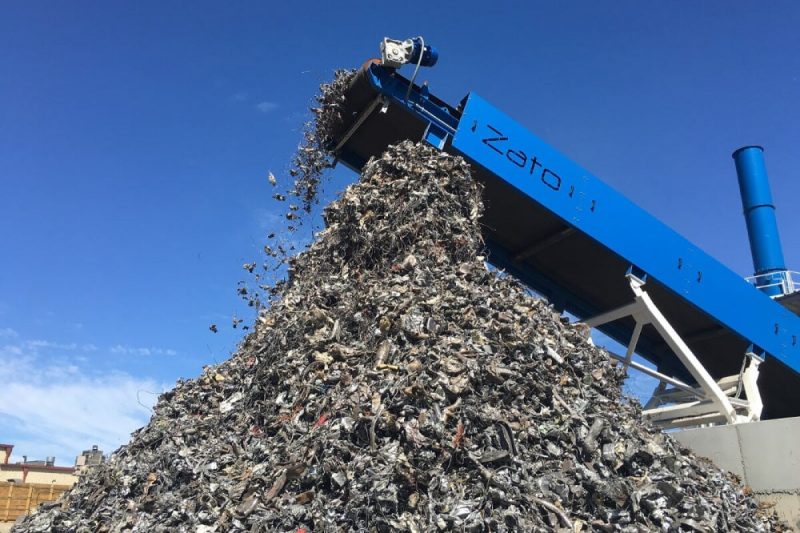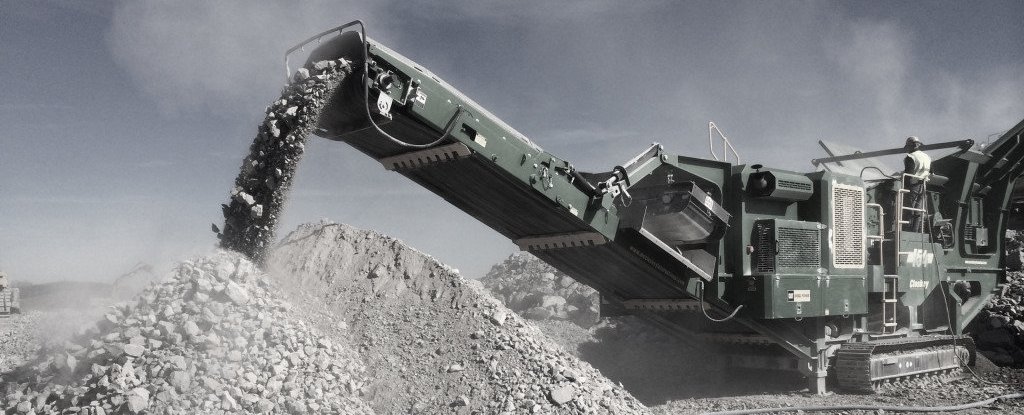
Global Shredder Count Reaches 1,229 in 2025
The Bureau of International Recycling (BIR) reports a global total of 1,229 industrial shredders.
According to the World Shredder List released at the BIR World Recycling Convention 2025 in Valencia, this total includes facilities with motors of 1,000 horsepower or more. The United States leads with 322 shredder installations, followed by China with 380, and the EU and EFTA region with 267 combined.
Shredder Committee Chair Alton Scott Newell III highlighted China’s rapid infrastructure growth. Meanwhile, other notable markets include Japan (110), the UK (29), Canada (27), and Mexico (25). These facilities play a critical role in transforming end-of-life metal products into high-quality secondary raw materials.
Fire Risk and Sorting Tech: Key Topics at BIR Valencia 2025
Fire risk remains a growing concern for shredder operators globally.
George Adams of SA Recycling stated that lithium-ion batteries remain a major fire hazard in shredding operations. He said their yards face fire incidents nearly every other day. To combat this, SA Recycling ships material quickly to avoid stockpiles and maintains ready-to-deploy water storage systems.
Adams emphasized regular fire drills and preparedness. “A fire can cost you millions,” he warned, referencing cases where companies faced criminal charges due to preventable incidents.
In contrast to fire challenges, innovation in metal sorting offers opportunities. Karl Hoffmann from Germany’s Steinert GmbH presented solutions for low-copper ferrous shred production. Steinert’s SteelMaster system uses magnetic and ballistic forces to separate copper-containing motor parts (“meatballs”) from shred destined for steel mills.
Similarly, Manuel Andreis of Eriez Magnetics Europe detailed the Shred1 ballistic separator. This equipment uses belt-speed coordination to separate materials automatically and with reduced labor, ensuring clean, high-capacity output for downstream customers.
SuperMetalPrice Commentary:
The 2025 World Shredder List reflects two critical trends: increased global recycling infrastructure and the intensifying pressure to modernize operations. Countries like China and the U.S. dominate in shredder count, but the focus is now on operational efficiency and safety. Fire risks from lithium-ion batteries underscore the need for smarter yard management, while innovations from firms like Steinert and Eriez point to a future where clean, specification-grade shredded metal can be achieved with lower cost and labor. For the metals supply chain, automation and risk mitigation are no longer optional—they’re essential.











Leave a Reply
You must be logged in to post a comment.